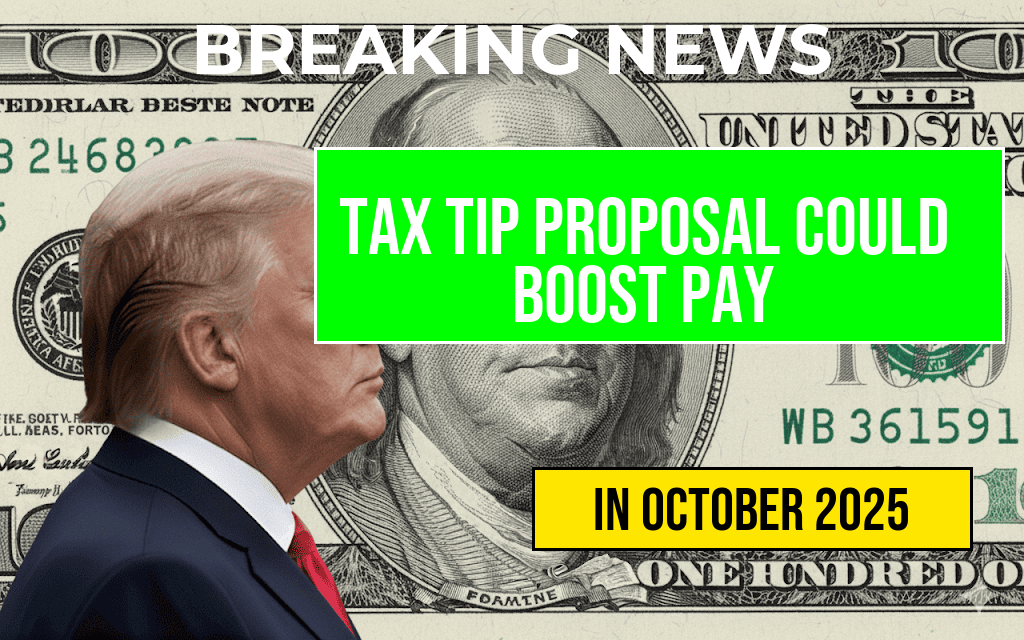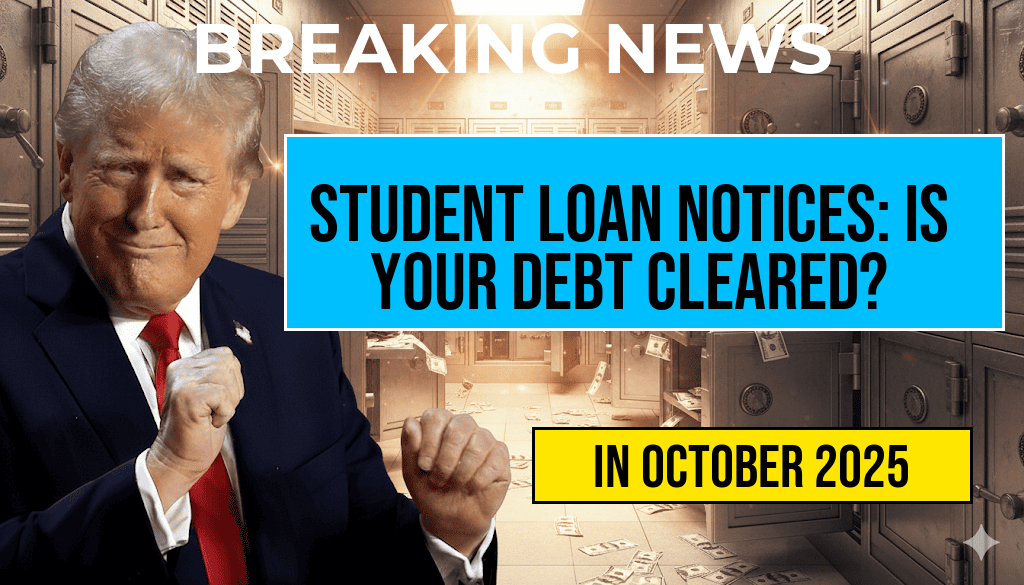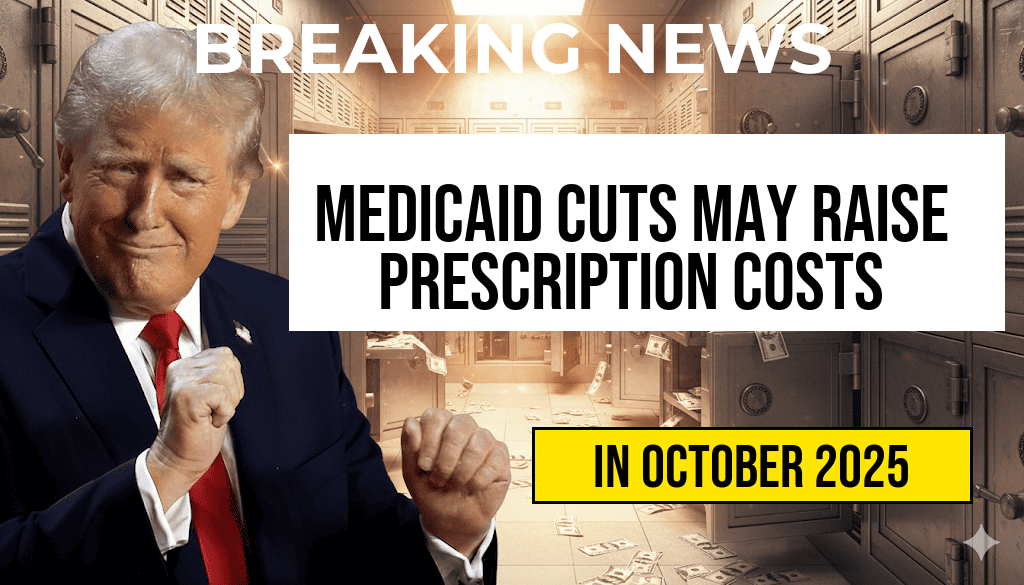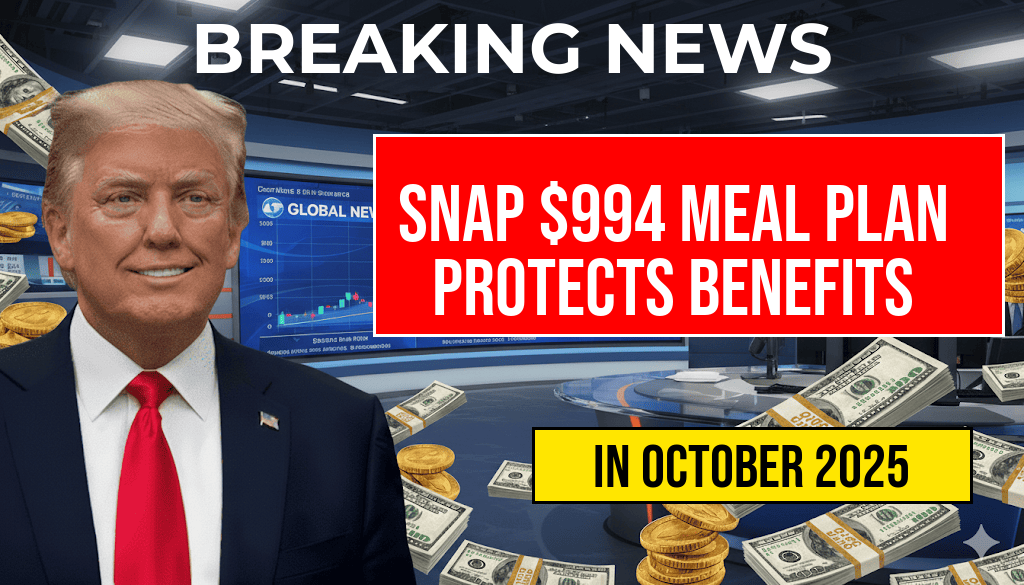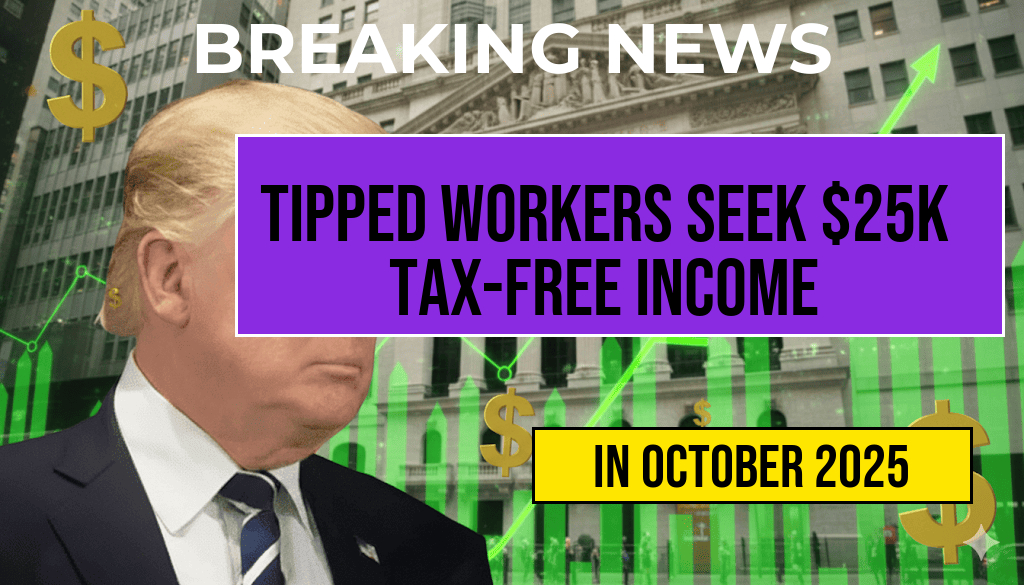Student Loan ‘Golden Letters’: Receive Notices of Zero Balances—Verify if Your $30,000 Debt Is Cleared
A surge of recent notifications from federal student loan servicers has left borrowers puzzled and hopeful alike. Thousands of Americans are reporting receipt of official notices indicating their student loans, previously totaling around $30,000, now show a zero balance. These messages, often called “golden letters,” suggest that the debt has been fully forgiven or discharged under recent loan forgiveness programs or administrative adjustments. However, experts warn that recipients should verify the accuracy of these notices before assuming their debt is truly wiped clean.
While some borrowers are celebrating a potential financial reprieve, others remain cautious, questioning whether the notices are legitimate or if errors have occurred in the processing systems. With the Biden administration’s ongoing efforts to expand student loan forgiveness and streamline debt relief initiatives, understanding the implications and next steps is critical for those who receive such notices.
What Are ‘Golden Letters’ and Why Are They Appearing Now?
The term “golden letters” has emerged in recent weeks as borrowers report receiving official communication from federal loan servicers indicating a zero balance. These notices often arrive via email or postal mail and are sometimes accompanied by instructions to confirm account status online.
The appearance of these notices coincides with several initiatives aimed at alleviating student debt burdens, including recent expansions of income-driven repayment plans and forgiveness programs targeting specific borrower populations. Additionally, administrative updates and error corrections within the federal loan system have led to some accounts being automatically adjusted, resulting in zero balances for certain borrowers.
According to the U.S. Department of Education, these notices generally reflect accurate updates, but they also advise borrowers to verify their account status directly through their official servicer portals.
Who Is Eligible for Loan Forgiveness or Discharge?
Eligibility for federal student loan forgiveness depends on various factors, including borrower type, repayment plan, and qualifying circumstances. Common pathways include:
- Public Service Loan Forgiveness (PSLF): Forgives remaining debt after 120 qualifying payments while working for a government or non-profit organization.
- Income-Driven Repayment (IDR) Forgiveness: After 20-25 years of income-based payments, remaining balances are discharged.
- Borrower Defense to Repayment: Discharges for those defrauded by or misled by their educational institutions.
- Temporary or Emergency Relief Programs: Initiated during national crises, such as the COVID-19 pandemic, which included student loan forbearance and automatic debt cancellations.
Recently, the Biden administration announced broader forgiveness initiatives, targeting borrowers with low or unpaid balances and those who qualify under specific criteria. Nevertheless, the scope and details of these programs are complex, leading to confusion among recipients.
How to Confirm Your Loan Status and Avoid Scams
Given the number of scam attempts targeting student loan borrowers—often disguised as fake notices or phishing emails—verification is paramount. The official source for checking your loan status is the Federal Student Aid (FSA) portal at studentaid.gov.
To verify your account:
- Log in securely with your FSA ID.
- Review your loan details under the “My Aid” section.
- Check for any recent updates or notices regarding balance adjustments.
- Contact your loan servicer directly if discrepancies or doubts arise.
It is advisable to avoid clicking on links or attachments from unsolicited emails claiming to be from loan servicers. The Department of Education maintains a dedicated webpage on student loan scams and how to identify legitimate communications (StudentAid.gov/scams).
What Should Borrowers Do If They Receive a Zero-Balance Notice?
If your account reflects a zero balance, follow these steps to ensure your records are accurate and your credit report is unaffected:
| Action | Details |
|---|---|
| Verify via Official Portal | Log into the Federal Student Aid account to confirm the balance. |
| Request Written Confirmation | Obtain official documentation of the zero balance for your records. |
| Check Your Credit Report | Review your credit report through AnnualCreditReport.com to ensure the account shows as paid or closed. |
| Maintain Records | Keep copies of all correspondence and confirmation notices. |
If discrepancies are found, contact your loan servicer immediately. Should you believe an error has occurred, submit a formal request for review or correction.
Potential Impacts on Credit and Future Borrowing
A zero balance on your student loans can positively influence your credit score, reflecting responsible management or successful forgiveness. However, it’s essential to ensure that the account status is accurately reported to credit bureaus.
Borrowers should also be mindful that forgiven debt may be considered taxable income under certain circumstances, although recent legislation has provided relief for many. Consulting a tax professional is advisable if you receive a notice of debt discharge and are uncertain about tax implications.
Resources and Assistance for Borrowers
For those seeking guidance or experiencing issues with their student loan accounts, several authoritative resources are available:
- Federal Student Aid: Official portal for loan management and information.
- Consumer Financial Protection Bureau: Guides on student loan rights and protections.
- Contact your loan servicer directly through the contact information provided on the official portal.
As federal initiatives continue to evolve, staying informed and vigilant ensures that borrowers can navigate the complexities of student loan forgiveness confidently and securely.
Frequently Asked Questions
What are Student Loan ‘Golden Letters’?
Student Loan ‘Golden Letters’ are official notices sent to borrowers indicating that their outstanding debt has been fully cleared, often showing a zero balance.
How can I verify if my $30,000 student loan debt has been paid off?
To verify, review the Golden Letter carefully for confirmation of debt clearance. Additionally, check your student loan account online or contact your loan servicer to ensure the balance is zero.
What should I do if I receive a ‘Golden Letter’ but my debt isn’t cleared?
If your Golden Letter indicates a zero balance but your student loan account still shows a debt, contact your loan servicer immediately to clarify and resolve any discrepancies.
Are ‘Golden Letters’ always reliable indicators of debt clearance?
While Golden Letters generally confirm debt settlement, it’s important to verify your account balance through official channels, as errors can occur.
What should I do if I believe there’s an error in my ‘Golden Letter’?
If you suspect an error regarding your student loan balance or debt status, contact your loan servicer or the issuing agency promptly to request a review and clarification.

